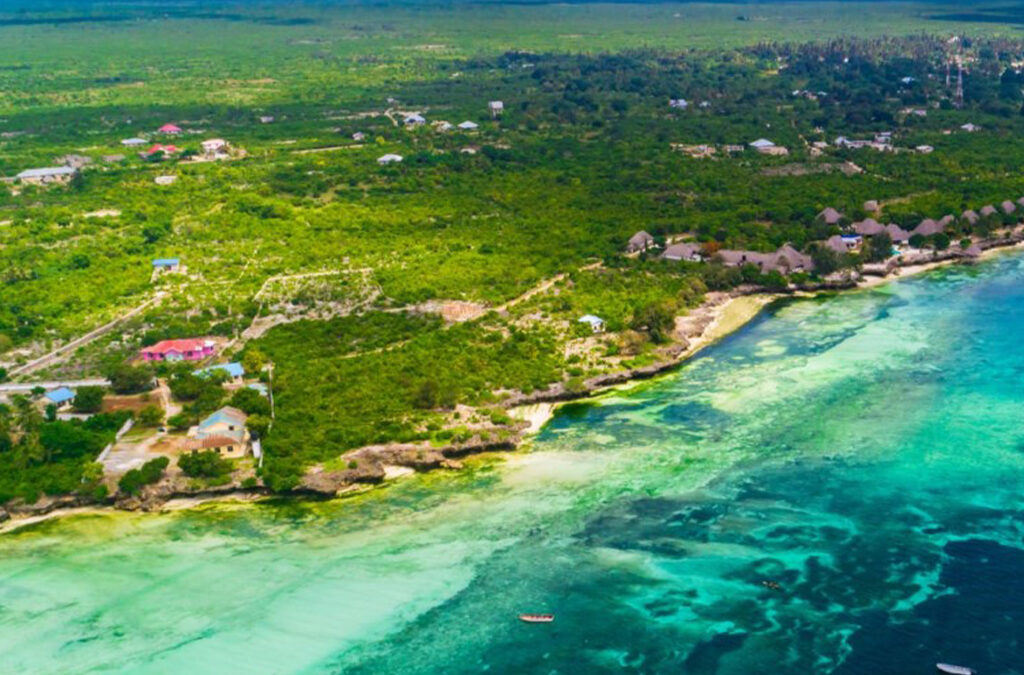Can You Visit Tanzania in Rainy Season? An Honest and Inspiring Guide
Tanzania is a land of contrasts, where savannahs stretch into the horizon, snow-capped mountains kiss the clouds, and islands gleam like hidden pearls in turquoise waters. Most travel brochures highlight the dry season as the best time to visit. But what about the rainy season? Is it worth packing your bags when the skies turn gray?
There’s a quiet magic to Tanzania during the rainy months. The kind of magic that doesn’t make it to glossy travel guides, yet leaves an impression far deeper. From fewer crowds to dramatic skies and lush landscapes, there are plenty of reasons to consider traveling during this time.
Understanding Tanzania’s Rainy Seasons
Tanzania experiences two distinct rainy periods. The long rains occur from March to May, while the short rains fall between late October and December. These are not constant downpours but rather dramatic, often brief showers sometimes arriving in the late afternoon or evening.
The idea of rainy season might conjure images of unrelenting storms and muddy misery. But in many parts of Tanzania, the rains come in bursts, followed by bright sunshine. This rhythm brings life to the land and reveals a side of the country that often goes unseen.
The Beauty of the Green Season
The transformation that comes with the rains is nothing short of breathtaking. Plains turn emerald. Trees bloom in full color. Rivers and waterfalls swell with vitality. Wildlife seems more vibrant against this lush backdrop, and birdlife becomes particularly active, with migratory species adding color and song to the landscape.
In the Serengeti, this is the calving season for wildebeest. Witnessing hundreds of newborns finding their footing on the green plains while predators stalk at a distance is one of nature’s rawest, most emotional displays. It’s a reminder that life moves with or without perfect conditions.
Fewer Tourists, More Peace
One of the most rewarding aspects of visiting Tanzania during the rainy season is the absence of crowds. Lodges that are often fully booked during peak season feel more personal and serene. Safari drives offer uninterrupted views, with no competition for the perfect angle or photo.
Guides and staff at lodges have more time for in-depth storytelling, cultural exchanges feel more personal, and there’s a sense of intimacy that simply can’t be found when every seat is filled.
In popular spots like Ngorongoro Crater or Tarangire, the sense of solitude adds a depth of connection to the landscape. The rains don’t wash away the safari experience they simply quiet it, allowing more space to truly be present.
Cost Savings That Make a Difference
Traveling in the off-season often comes with a financial advantage. Flights, accommodations, and even safari packages tend to be more affordable. This can mean staying longer, upgrading lodges, or simply stretching a travel budget further.
For those dreaming of a luxury safari or Zanzibar retreat but feeling held back by cost, the rainy season might be the key to unlocking that dream. Lower prices don’t mean lower quality just different conditions.
A Photographer’s Paradise
For photographers both casual and professional the rainy season brings some of the most dramatic light imaginable. The sky becomes a living canvas: moody clouds, sunbursts through the mist, and rainbows over open plains.
The green landscape offers vibrant contrast against wildlife. Elephants splash in mud pools, lions lounge in wet grass, and zebras seem to glow in the filtered light. Capturing the essence of Tanzania during this season results in photographs that feel alive with texture and mood.
Embracing the Unexpected
Tanzania during the rains requires a certain flexibility. Roads can get muddy. Game drives may pause for downpours. But in the space where plans soften, something more profound takes shape.
There is joy in watching elephants play in the rain, in seeing Maasai herders guide cattle through foggy hills, or sipping spicy chai as rain taps gently on a thatched roof. These are the unplanned moments that become lasting memories.
Having the right mindset is key. Waterproof gear helps. So does a willingness to trade predictability for discovery. The rain doesn’t ruin the journey it becomes part of it.
Zanzibar in the Wet Months
While mainland safaris are a major draw, Zanzibar should not be overlooked during the rainy season. The island sees lighter, more sporadic rain showers, especially during the short rains.
The beaches remain beautiful, the water warm and swimmable, and the spice tours richer in scent and color. Stone Town, with its winding alleys and aromatic street food, takes on a romantic, cinematic quality under overcast skies.
Many resorts offer off-season rates, and the slower pace creates a more intimate atmosphere. It’s a perfect time for travelers seeking solitude and a touch of adventure without the usual bustle.
Tips for Traveling During the Rainy Season
-
Choose destinations wisely: Some parks become inaccessible due to flooding or poor roads, but places like the Serengeti, Ngorongoro, and the northern circuit remain accessible year-round.
-
Pack smart: Waterproof clothing, fast-drying fabrics, and sturdy footwear are essential. A good camera cover and dry bags can protect gear.
-
Embrace spontaneity: Itineraries might need tweaking, but guides are experienced in adapting plans to maximize the day.
-
Check lodge status: Some properties close during the long rainsconfirm ahead of time which accommodations remain open.
A Journey That Defies Expectations
Visiting Tanzania during the rainy season might not tick the conventional boxes of ideal travel timing, but that’s exactly where its charm lies. Its a season of new life, soft skies, and gentle rhythms. The rains renew the land and for those open to it, they also renew the spirit.
Choosing this time isn’t about settling for less it’s about choosing a different kind of beauty. One that’s quieter, more personal, and deeply rewarding.
So yes, you can visit Tanzania in the rainy season. And for those who do, the experience often leaves a deeper mark than any sun-soaked safari ever could.






